Statistics from the Vietnam Association of Seafood Exporters and Producers (VASEP) show that in October 2025, Vietnam's pangasius exports reached 217 million USD, an increase of 8% over the same period in 2024.
In the first 10 months of the year, export turnover exceeded 1.8 billion USD, up 9% over the same period. This growth shows that the pangasius export industry is showing signs of positive growth, although some markets continue to show a downward trend.
Notably, VASEP statistics also show that among the main export markets of Vietnamese pangasius, the CPTPP market bloc accounts for a high proportion, maintaining a stable market share.
Specifically, in the CPTPP bloc, pangasius export turnover in the first 10 months of 2025 reached 305 million USD, up 36% over the same period and accounting for 17% of total pangasius export turnover. Of which, exports to the Mexican market reached 63 million USD, up slightly by 1%; exports to Japan reached 39 million USD, up 14%; in particular, exports to Malaysia increased sharply by 37% over the same period, demonstrating the trend of expanding import demand in this region.

Pangasius export turnover in the first 10 months of 2025 to the CPTPP market bloc reached 305 million USD, up 36% over the same period and accounting for 17% of total pangasius export turnover.
The main reason lies in the positive effect of the nearly 0% preferential tariff policy from the CPTPP Agreement. In particular, these countries require clear quality standards and traceability, factors that Vietnamese enterprises have met, thereby increasing the average order value. Along with that, the increasing consumption trend and the orientation towards convenient and safe products open up great room for growth in these countries.
Not only that, Vietnam’s pangasius exports to two CPTPP member countries in Southeast Asia, Malaysia and Singapore, have also maintained a steady growth momentum. With the advantages of geographical proximity, low logistics costs and similar tastes, these markets, along with other countries in the ASEAN region, are becoming a “safe belt” to help Vietnamese pangasius reduce its dependence on distant and demanding markets.
Commenting on the trend in the remaining months of 2025, VASEP said that in the fourth quarter of 2025 and 2026, exports will be expanded to the CPTPP bloc (Canada, Mexico, Malaysia, UK) and the Middle East, where Vietnam enjoys tariff incentives and has more favorable market access conditions.
In particular, according to VASEP, if the tariff incentives from CPTPP are well utilized to adapt to tariff policies, the tra fish industry has the opportunity to maintain its recovery momentum and sustainable growth in 2026.
Seafood takes advantage of incentives from CPTPP to boost exports
As one of the provinces with large export turnover to the CPTPP market, Mr. Tran Hoang Em, Head of the Trade Department of the Department of Industry and Trade of Ca Mau province, said that Ca Mau province's products have been exported to all CPTPP countries, accounting for about 15% - 20% of the province's export turnover.
Not only that, according to Mr. Tran Hoang Em, thanks to the tariff incentives in the CPTPP Agreement, the province's seafood products have become more competitive in major markets. As a result, export turnover to these markets has grown well, contributing significantly to the province's total export turnover.
Notably, CPTPP not only opens the market but also creates motivation to improve and enhance product quality and production processes to meet international standards.
“Enterprises in the province have proactively invested in technology, improved processing capacity and traceability, factors that are increasingly of interest to export markets. Thanks to that, the supply chain has been expanded, competitiveness has been improved, and especially the resilience of enterprises in the province to global fluctuations has also increased significantly ” - Head of the Trade Department of the Department of Industry and Trade of Ca Mau province commented.

CPTPP not only opens markets but also creates incentives for improving and enhancing product quality and production processes, meeting international standards.
Along with tariff advantages, exporting pangasius to the CPTPP market also faces many challenges. These include competitive pressure from other white-flesh fish in the global market; global economic fluctuations, high inflation; unstable domestic supply...
In addition, logistics for the seafood industry do not meet development needs. VASEP believes that, as a key export-oriented industry with specific characteristics in food hygiene and safety, the seafood supply chain depends heavily on the logistics chain including: cold storage, transportation, especially maritime transportation.
Over the past years, especially since 2020, there have been many fluctuations in the world such as the Covid pandemic, war, Russia - Ukraine conflict, and recently the Middle East (Red Sea tension). The seafood export industry has clearly revealed its weaknesses and shortcomings in being largely dependent on foreign logistics systems: including cold storage and maritime transport.
In the coming time, to sustainably export seafood to markets with FTAs, especially the CPTPP bloc, experts say it is necessary to accelerate the completion of logistics systems and infrastructure.
Not to mention, the UK has officially become a member of CPTPP. This milestone also creates more opportunities for Vietnamese seafood to penetrate the market and integrate by diversifying raw material sources.
To help businesses take advantage of incentives from CPTPP to accelerate seafood exports to the CPTPP market, the Ministry of Industry and Trade believes that, along with promoting propaganda and implementing the Agreement, the domestic business community also needs to proactively seek market information and proactively diversify export markets. Along with promoting exports to traditional markets, businesses also need to expand markets and seek potential partners.
Source: https://moit.gov.vn/tin-tuc/xuat-khau-ca-tra-tang-truong-tich-cuc-o-thi-truong-cptpp.html



![[Photo] General Secretary To Lam and National Assembly Chairman Tran Thanh Man attend the 80th Anniversary of the Traditional Day of the Vietnamese Inspection Sector](https://vphoto.vietnam.vn/thumb/1200x675/vietnam/resource/IMAGE/2025/11/17/1763356362984_a2-bnd-7940-3561-jpg.webp)









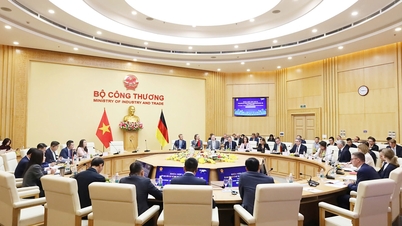









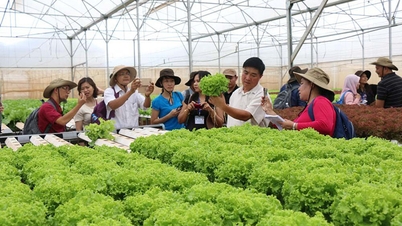

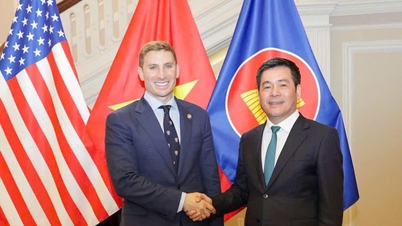















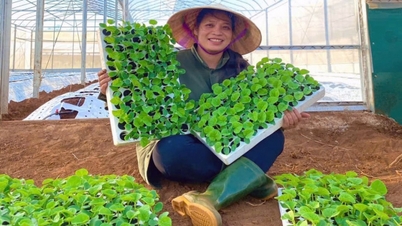











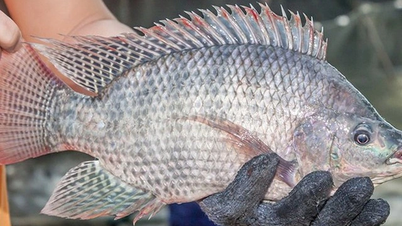

























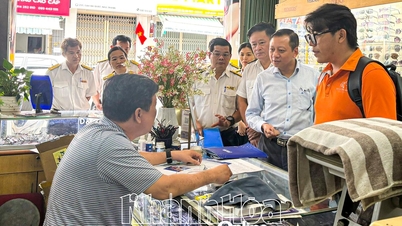





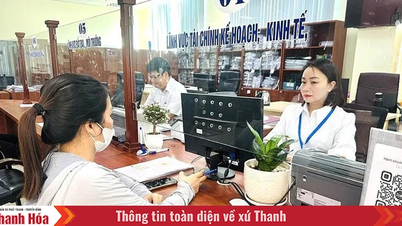










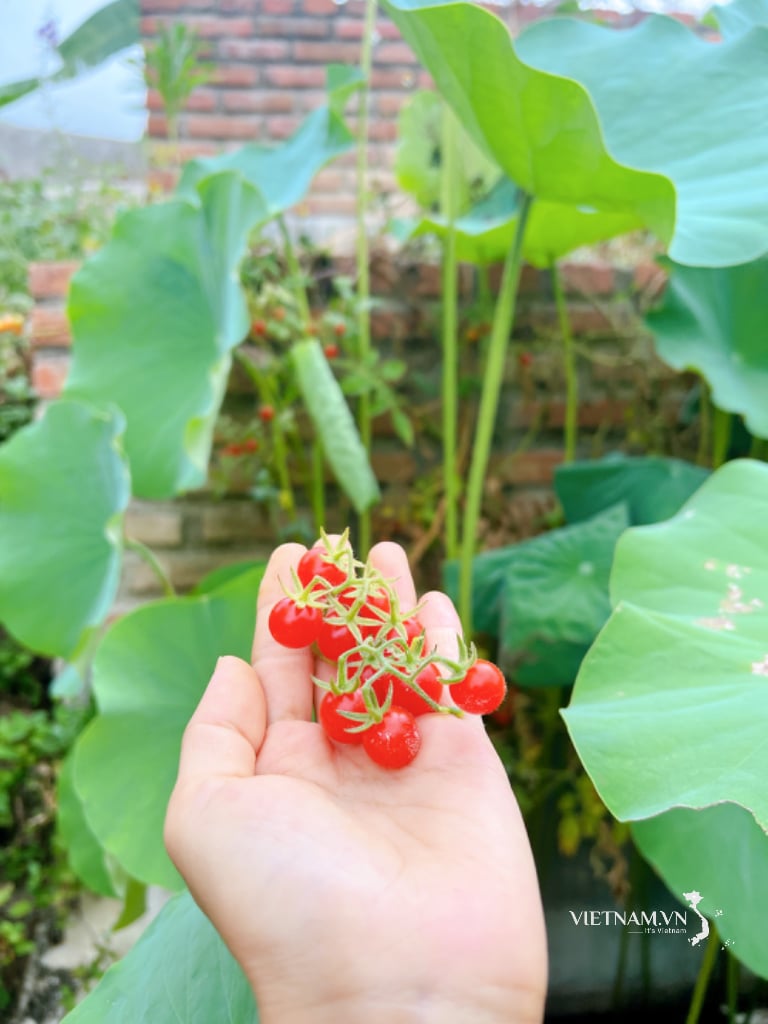



Comment (0)